The seven biggest mistakes you can make when selling your home
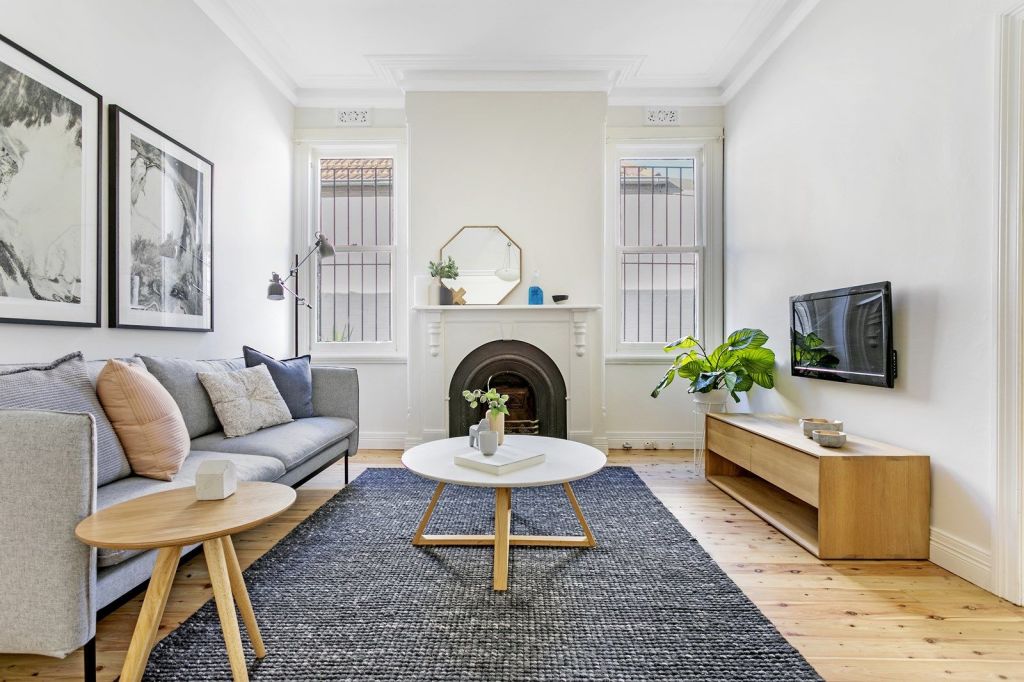
Selling your home should be a positive experience, but all too often vendors make critical blunders that discourage buyers and put a dent in the sale price.
These are the fundamental, yet common, rookie mistakes you need to avoid to ensure you achieve the maximum result when selling your home.
1. Not staging the property for the demographic
“Not styling your property is real estate suicide,” says founder of Renovating For Profit Cherie Barber. “You need to create an illusion, an aspirational dream.”
Start by researching the type of buyers currently looking in your area, as well as considering the demographics of your area. Attend open houses and compare your home with what is on offer.
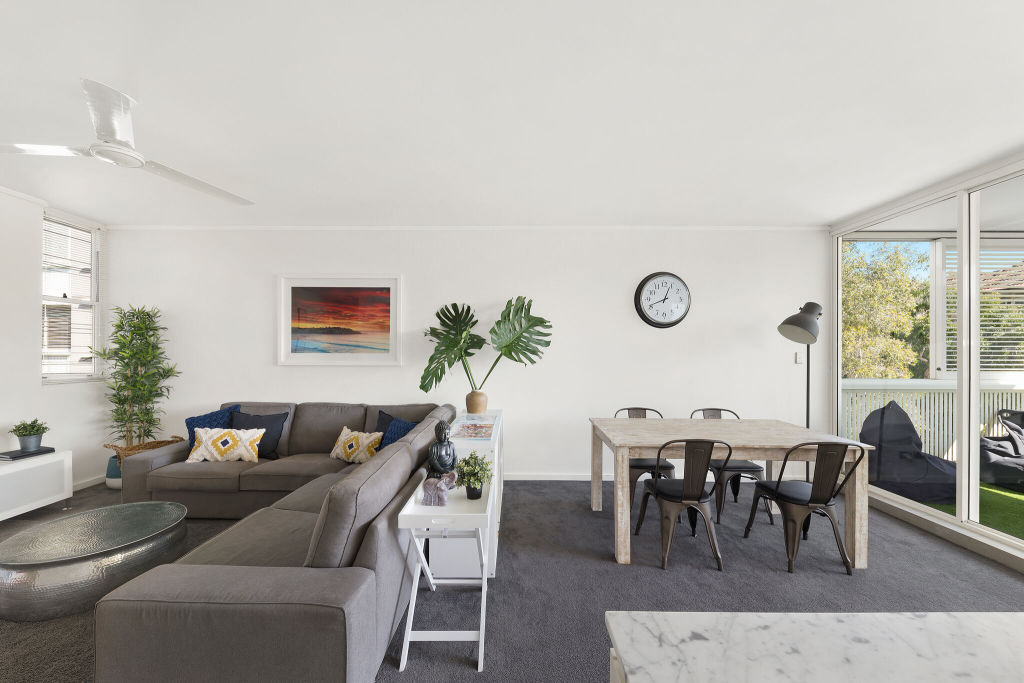
Are young couples and families looking into the local market? Are single professionals snapping up the most valuable properties in the area? Look around to see who is seriously looking at properties like yours and tailor the styling to suit this customer
Barber says the worst staging mistake is cheap DIY styling using accessories from discount stores. “Although many sellers don’t want to spend the $4000-$6000 it takes for professional styling, it is worth its weight in gold.”
2. Not making easy repairs
Well looked-after homes give a positive first impression. But unfinished or neglected repairs make buyers hesitate while considering the additional cost, hassle and effort involved.
Is the paintwork in tip-top shape? Is the heater working properly? Do the door hinges squeak? Is the carpet stained? Most of these problems are small and inexpensive to fix, and well worth it to present your home in the most positive light.
- Related: How to prepare a property for sale
- Related: When is the right time to sell?
- Related: What happens after selling a house?
3. Overcapitalising when preparing for sale
You may think it’s a good idea to install a new kitchen to bring the house up to date but if the buyer prefers a different style, it will be first on the to-do list when they move in, and that will be factored into the price they are prepared to pay.
“Some people do a quick revamp on the laundry, spending $2000-$4000 on tiling the laundry from floor to ceiling, which has added no value whatsoever to the house,” Barber says.
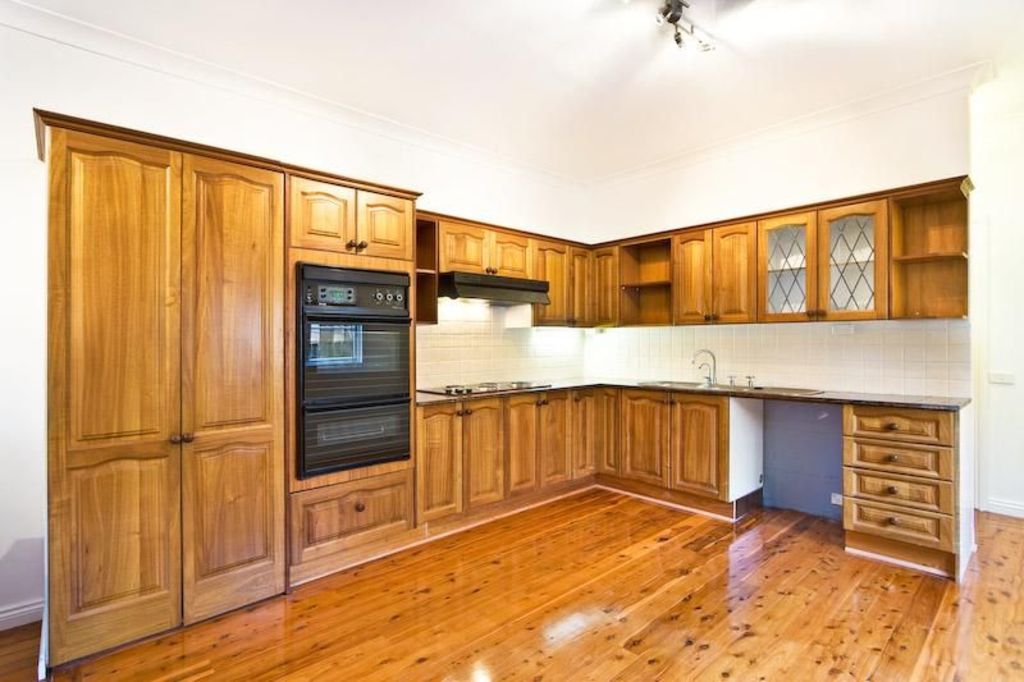
“Other sellers have gone to a kitchen showroom to install a brand new kitchen at $30,000-$50,000. This is fine in a $2 million house but on less pricey homes, this is not a good return on investment.”
If your house has areas which can be improved, look for easily achievable methods of transforming rooms without splashing too much cash. Paint can do wonders to quickly transform dated kitchen cabinets and walls, and give a fresh, clean impression.
4. Too much personalisation
While you may find your Moroccan-styled courtyard stunning, potential buyers may prefer a modern minimalistic style. Everyone has different taste in decor and style, so allow buyers to imagine themselves putting their own stamp on the property by keeping any pre-sale renovations neutral.
Monique Dower, principal of Belle Property Balmain, says dated feature walls are a common problem when selling. “Bright red walls are too obtrusive, and dictate the style of the room. It is best to paint it off-white, and tone down the decor to appeal to a broader range of buyers.”
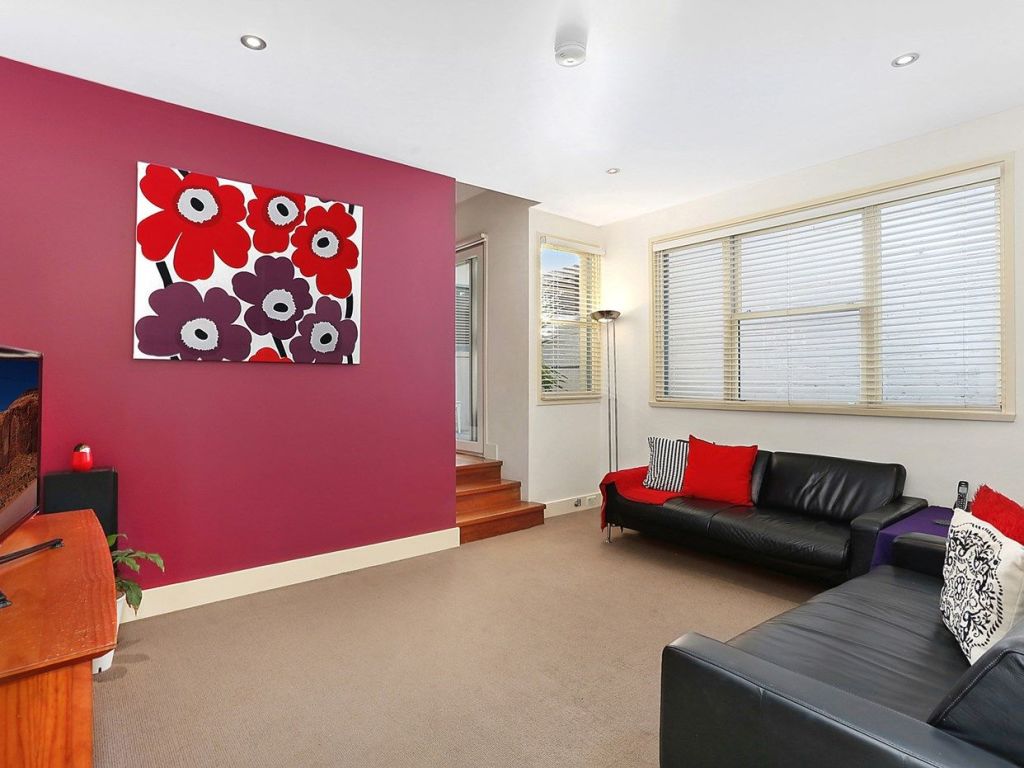
5. Pricing the home too high
The biggest problem for real estate agents is that when sellers have an inflated idea of the value of their home, according to Dower.
“It is a danger to have an excessive price early on in the campaign as it is then difficult to get buyers re-interested later in the process,” Dower says.
When a house has been for sale for a long period, it becomes “stale” and buyers feel this indicates there is a problem with the house.
This can come at a cost if you have already purchased your next home and you’re paying two mortgages while waiting for your house to sell.
Avoid disappointment by being realistic about the price your home can achieve. Your agent can guide you on this based on recent sales in your local area.
Look seriously at any offers and counter offers to seal the deal so you can move on.
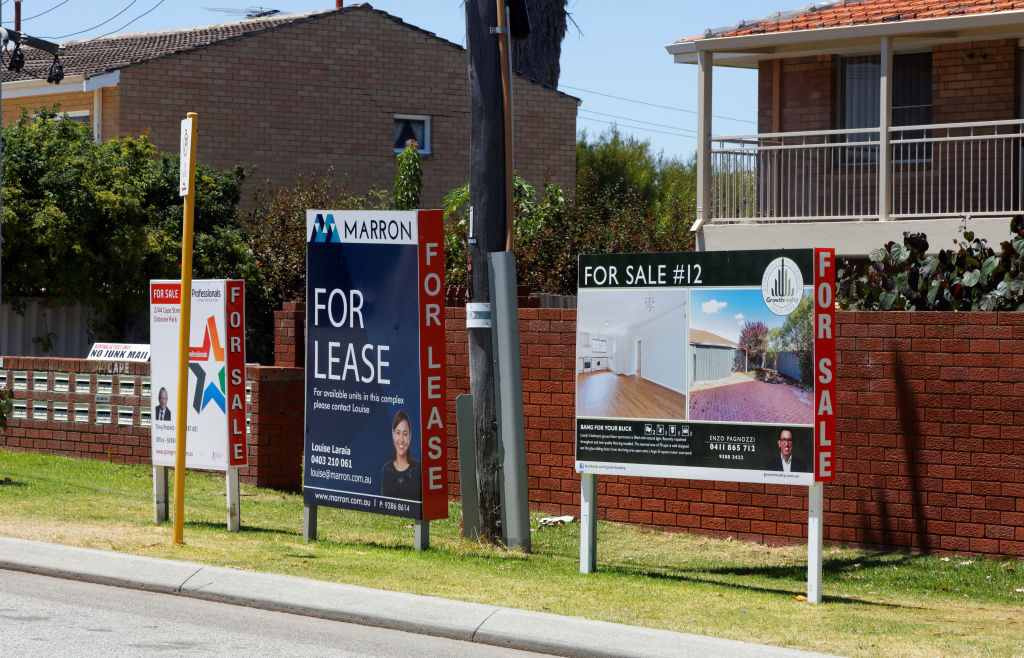
6. Masking obvious problems
Rising damp? Termite damage? Non-compliant pool fencing? You can probably hide these problems cosmetically but, during a building inspection, potential buyers will be informed of these problems. Buyers will foresee additional cost and hassle which can be enough to terminate the sale.
Don’t let easily repaired problems hinder a sale and get them sorted before going to market.
7. Using the wrong agent
Is the agent you’ve chosen the best in your area, who achieves maximum values for properties he or she represents? Do they have a long list of eager buyers looking for a property just like yours? If your selected agent does not fit this criteria, it is likely you will not achieve your home’s maximum value.
It may be tempting to hire a family friend who is in real estate but it may be wiser to look after your own interests. Keep the negotiations in a professional capacity by using an agent with strong local knowledge.
“You may have a great agent but make sure you don’t have a bad auctioneer,” adds Barber. “I have seen bad auctioneers cost sellers $10,000, $20,000, even $100,000.”
Read more: The ultimate guide to selling your home
We recommend
We thought you might like
States
Capital Cities
Capital Cities - Rentals
Popular Areas
Allhomes
More







